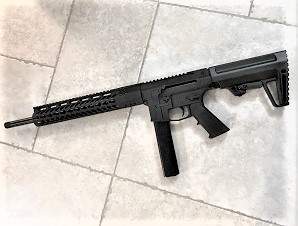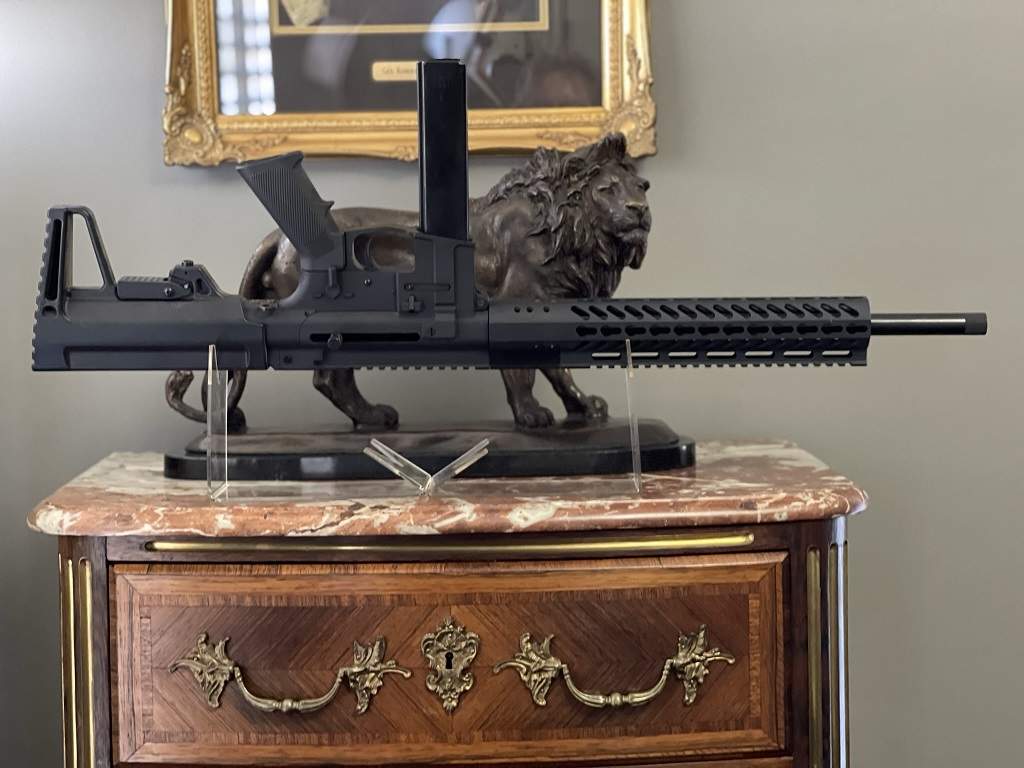A carbine is a type of firearm that is shorter and lighter than a typical rifle or musket, but longer than a submachine gun or personal defense weapon.
This design offers a balance between the portability of a handgun and the range and accuracy of a rifle. Carbines are often used by military, law enforcement, and civilian shooters for various purposes, including close-quarters combat, hunting, and recreational shooting.
Historical Development
The concept of the carbine dates back to the early 19th century, where they were initially used by cavalry units. The need arose for a weapon that was easier to handle on horseback compared to the longer and bulkier rifles of the time. Early examples included the British Baker Cavalry Carbine and the American Sharps Carbine. These early carbines were typically muzzle-loading and used black powder as a propellant.

As firearm technology evolved, so did the design of carbines. The introduction of breech-loading mechanisms and later, repeating actions, greatly improved the rate of fire and ease of use. The advent of smokeless powder in the late 19th century also contributed to the development of more effective and reliable carbine models.
World War II and Beyond
World War II saw significant advancements in carbine design. One of the most famous examples from this era is the M1 Carbine, developed by the United States. It was lightweight, semi-automatic, and used a new intermediate cartridge, offering a good balance of firepower and portability. This made it ideal for support troops, paratroopers, and others who needed a compact weapon.
In the post-World War II era, the concept of the carbine continued to evolve. The development of assault rifles, which used intermediate cartridges, filled the role of carbines in many ways. However, specialized carbine versions of these rifles were developed, often featuring shorter barrels and sometimes different operating systems. Examples include the AKS-74U, a compact version of the AK-74 rifle, and the M4 Carbine, derived from the M16 rifle.
Modern Carbine Characteristics - Modern carbines are defined by several key characteristics:
- Size and Weight: Carbines are typically shorter and lighter than full-sized rifles, making them easier to maneuver in confined spaces or carry for extended periods.
- Barrel Length: The shorter barrel length generally ranges from 12 to 20 inches, which affects the weapon's ballistics and range.
- Caliber: Carbines traditionally use the same caliber ammunition as full-sized rifles, although some modern designs use intermediate or even pistol calibers.
- Action Types: Modern carbines can be found in various action types, including semi-automatic, fully automatic, and even bolt-action or lever-action for specific civilian applications.
- Customizability: Many modern carbines, especially those based on the AR-15 platform, offer extensive options for customization, including attachments for optics, grips, and other accessories.
Civilian Use
In the civilian market, carbines are popular for several uses. Their compact size makes them suitable for home defense, as they are easier to handle in tight spaces than full-sized rifles. Hunters also appreciate carbines for their portability and sufficient power for medium-sized game. Additionally, carbines are widely used in various shooting sports and competitions.
Legal and Ethical Considerations
The legal status of carbines varies significantly across different jurisdictions. In some countries, they are heavily regulated or even prohibited, while in others, they are readily available to civilians. The debate over the regulation of carbines often centers around issues of public safety and the right to bear arms.

